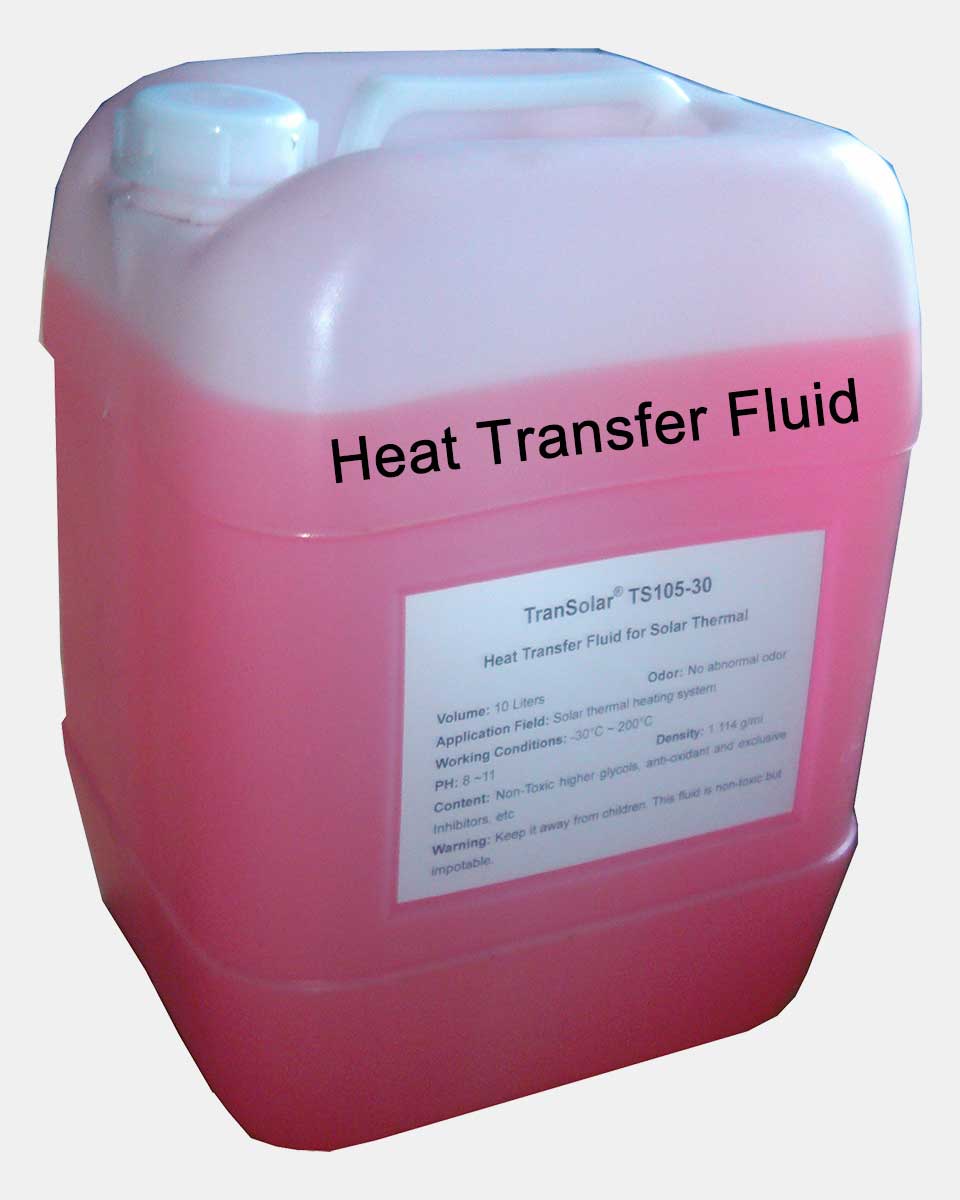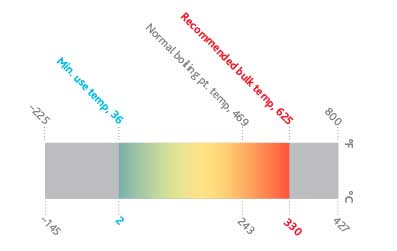How to Pick the Best Heat Transfer Fluid for Industrial Applications
How to Pick the Best Heat Transfer Fluid for Industrial Applications
Blog Article
Why Warmth Transfer Liquid Is Important for Optimizing Energy Transfer in Equipment
The role of warmth transfer liquids in maximizing power transfer is pivotal for attaining efficient thermal monitoring across various commercial fields. These liquids assist in smooth heat exchange, guaranteeing processes run within ideal temperature level varieties and minimizing the danger of overheating.

Function in Thermal Administration
Warmth transfer fluids play a critical duty in thermal monitoring by successfully regulating temperatures in different industrial procedures and systems. These specialized fluids assist in the transfer of heat between various components, ensuring optimum operating problems and preventing getting too hot. By maintaining accurate temperature level control, warmth transfer liquids make it possible for markets such as chemical manufacturing, oil and gas, and power generation to operate safely and successfully.
The option of a suitable warmth transfer fluid depends on numerous elements, including thermal stability, warmth capacity, and viscosity. High thermal stability makes certain that the fluid can endure extreme temperatures without deteriorating, while a high warmth capacity enables it to soak up and launch substantial amounts of warm - heat transfer fluid. Low viscosity decreases the power required for pumping, adding to general system effectiveness
Furthermore, heat transfer fluids are indispensable in applications like refrigeration, where they aid absorb and dissipate warm during the cooling cycle. In solar thermal power systems, these liquids capture and transport solar heat to create power or provide warm water. Their adaptability to varied operating problems and ability to keep regular thermal performance emphasize their relevance in industrial thermal management, facilitating functional continuity and boosting security actions.

Enhancing System Performance
To make the most of the benefits of thermal management, boosting system effectiveness through the calculated use of heat transfer liquids is extremely important. By maintaining optimal temperature level degrees, warm transfer fluids help ensure that systems run within their made criteria, therefore preventing getting too hot and minimizing the threat of component failing.

Types of Warmth Transfer Liquids
The variety of warm transfer liquids highlights their crucial role in a variety of commercial applications, each tailored to meet certain thermal monitoring needs. These liquids promote effective energy transfer and are selected based upon crucial properties such as thermal stability, viscosity, and heat ability. The main kinds include water, glycol remedies, oils, and synthetics, each offering distinct benefits.
Water is the most typical warmth transfer tool due to its high particular heat capability and low cost. Mineral oils are favored for their thermal stability and non-corrosive nature, making them appropriate for high-temperature applications.

Artificial fluids, consisting of silicone and fragrant substances, provide exceptional thermal stability and are used in environments demanding extreme temperature ranges. These fluids make certain exceptional efficiency in systems where typical fluids may stop working. The choice of a heat transfer liquid is crucial, as it affects system efficiency, safety and security, and durability. Each type should be chosen to line up with the functional needs and the specific problems of the application it offers.
Environmental and Economic Conveniences
Using the ideal warm transfer fluids supplies significant environmental and financial advantages for commercial operations. By selecting fluids with exceptional thermal stability and high warm capacity, industries can improve power effectiveness, bring about reduced gas usage and reduced greenhouse gas exhausts. this post This adds to a smaller sized carbon footprint and straightens with international sustainability objectives. Environmentally friendly heat transfer liquids, often biodegradable and non-toxic, decrease the danger of dirt and water contamination in the event of leakages or spills, thereby safeguarding environments and abiding by stringent ecological policies.
Economically, the appropriate heat transfer liquid can considerably minimize functional prices. Efficient warmth transfer lowers energy expense, resulting in reduced energy bills and enhanced profitability. Liquids with prolonged lifecycle efficiency reduce the frequency of substitutes and upkeep, decreasing downtime and associated costs. Investing in high-grade liquids can likewise alleviate the threat of equipment corrosion and failure, staying clear of costly repair services and expanding the lifespan of important infrastructure. In affordable markets, these financial savings and efficiencies offer an unique benefit, enabling business to designate sources extra effectively and buy further innovation. In general, the calculated use of ideal warm transfer fluids supports sustainable economic growth and environmental stewardship.
Choosing the Right Fluid
How does one navigate the complicated process of picking the best warmth transfer liquid for commercial applications? Selecting the suitable fluid is critical, as it straight influences system effectiveness, safety, and functional prices. Key factors to consider consist of thermal security, compatibility with system products, and running temperature array. Thermal security ensures the liquid can endure heats without weakening, while compatibility stops rust or various other damaging responses with system elements. The operating temperature level array should align with the system's demands to maintain efficiency and durability - heat transfer fluid.
In addition, the liquid's warm capability and viscosity are critical. A high warm capacity permits the fluid to soak up and transfer even more energy, boosting performance.
Final Thought
The strategic choice and application of warm go to this web-site transfer fluids are basic to optimizing power transfer across numerous systems. By making certain high thermal stability and capability, these fluids give specific temperature level control and enhance overall system effectiveness. This optimization adds to lowered functional prices and lower greenhouse gas discharges, therefore advertising sustainability. The selection of liquid, tailored to specific viscosity and operational demands, is essential for making best use of efficiency go to these guys and achieving financial and environmental advantages in industrial procedures.
Report this page